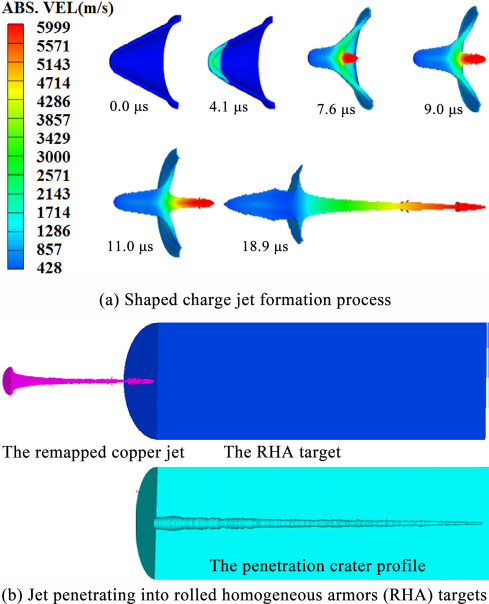

As an example, RPGs use shaped charges to send a jet a molten copper through armor steel. Even though the devices may seem antiquated, they are extremely effective at burning holes through tanks. If that molten jet happens to come in contact with ammunition, it’s generally game over.









Why not? Those CPUs got perfect scores on Red Star OS.